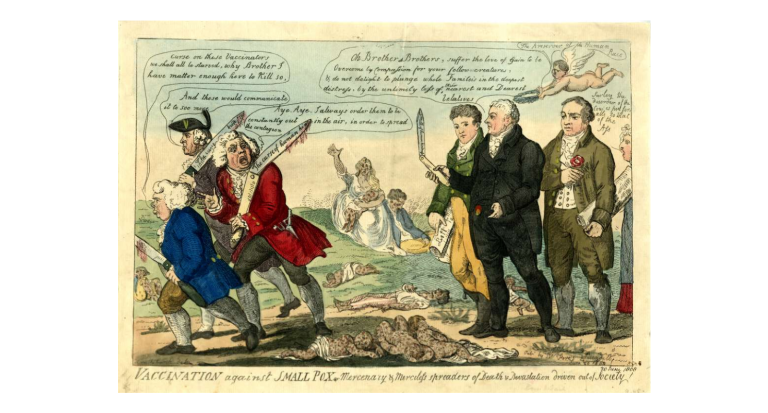Researchers in CMAC’s Tools against Child Sex Trafficking Project (TACT) are building computational policy models to virtually evaluate and experiment with anti-human trafficking policy options. This project also aims to demonstrate the effectiveness of computational modeling and simulation in analyzing policy proposals. Output data can be used as a measure to determine whether or not a policy is working well.
Using input data from King County, WA, CMAC Postdoctoral Fellow Khatera Alizada built an agent-based simulation model to explore the impact of two law-enforcement strategies a) arresting and prosecuting minor victims of sex trafficking for prostitution charges, and b) arresting and prosecuting buyers who purchase sex from minors. Alizada sought to learn how each tactic effects the rate of child sex trafficking in King County, WA.
SIMULATION RESULTS
The model simulates these two law-enforcement strategies in a virtual society and generates outputs in the form of the number of children trapped in commercial sex trafficking and the number of commercial sex transactions with children. The results show that targeting demand (arresting and prosecuting buyers) reduces child sex trafficking in King County, WA more effectively than targeting supply.

Switching law-enforcement focus from supply to demand reduces the number of sex trafficked children by more than 50 percent and the commercial sex purchase by about 1.5 percent per year.
The following graph depicts the percentage difference between purchases in 2009 and purchases in 2015 over the one-year period of the simulation, with 52 one-week time-steps. A positive percentage number indicates that the 2009 number is higher by that percentage than the 2015 number. At the beginning of the year there is little difference, but the difference grows, producing an end-of-year situation in which there are 1.5% fewer purchases in 2015 than in 2009, with a 3.5% decrease in the number of buyers in 2015. Since the simulation runs reflected the policy change from supply-side arrests to demand-side arrests, and since these models are causal and not merely correlational (as statistical models are), researchers know that the change occurs because of the policy shift.

Researchers can also use the number of sex trafficked children over the course of one year to evaluate the policy change. The orange line displays the percentage decrease in the count of sex trafficked children in 2015 (with a demand-side focused policy). The positive percentage indicates that in 2009 the number of trafficked children is higher than in 2015. In 2015, the number of children trapped in sex trafficking reduces by more than half.

The results therefore agree that targeting buyers and protecting victims has a more significant impact on overall reduction of commercial sexual exploitation of minors in King County, WA, matching the results of their policy experiment.
FURTHER BACKGROUND
 In October 2014, King County launched a policy program, Buyer Beware, designed to reduce the demand for purchase of commercial sex online. Its suggested policies shifted the prosecutorial focus from supply side (arresting prostituted people) to demand side (targeting buyers of commercial sex). The Buyer Beware program is committed to running reverse-sting operations on a monthly or bi-monthly basis. A reverse sting operation is when a police officer poses as a prostitute to arrest a buyer.
In October 2014, King County launched a policy program, Buyer Beware, designed to reduce the demand for purchase of commercial sex online. Its suggested policies shifted the prosecutorial focus from supply side (arresting prostituted people) to demand side (targeting buyers of commercial sex). The Buyer Beware program is committed to running reverse-sting operations on a monthly or bi-monthly basis. A reverse sting operation is when a police officer poses as a prostitute to arrest a buyer.
In 2009, before adopting the Buyer Beware program policies, 53 prostituted minors were charged for prostitution and 2 buyers were charged for buying sex from children. In 2015, 46 buyers were charged for buying sex from children and 0 children were charged for prostitution (Richey 2018). Historically, over 90 percent of those arrested for prostitution in the United States are sellers and fewer than 10 percent are buyers. When comparing the effectiveness of supply-focused versus demand-focused intervention strategies, the empirical evidence suggests that demand-focused law enforcement is more effective in reducing commercial sexual exploitation. For example, in Sweden after prohibiting purchase of sex, prostitution reduced more than 50 percent. There is very little evidence that targeting supply yields more than a temporary suppression or displacement of prostitution.
For any inquiries or comments, please email admin@mindandculture.org.




